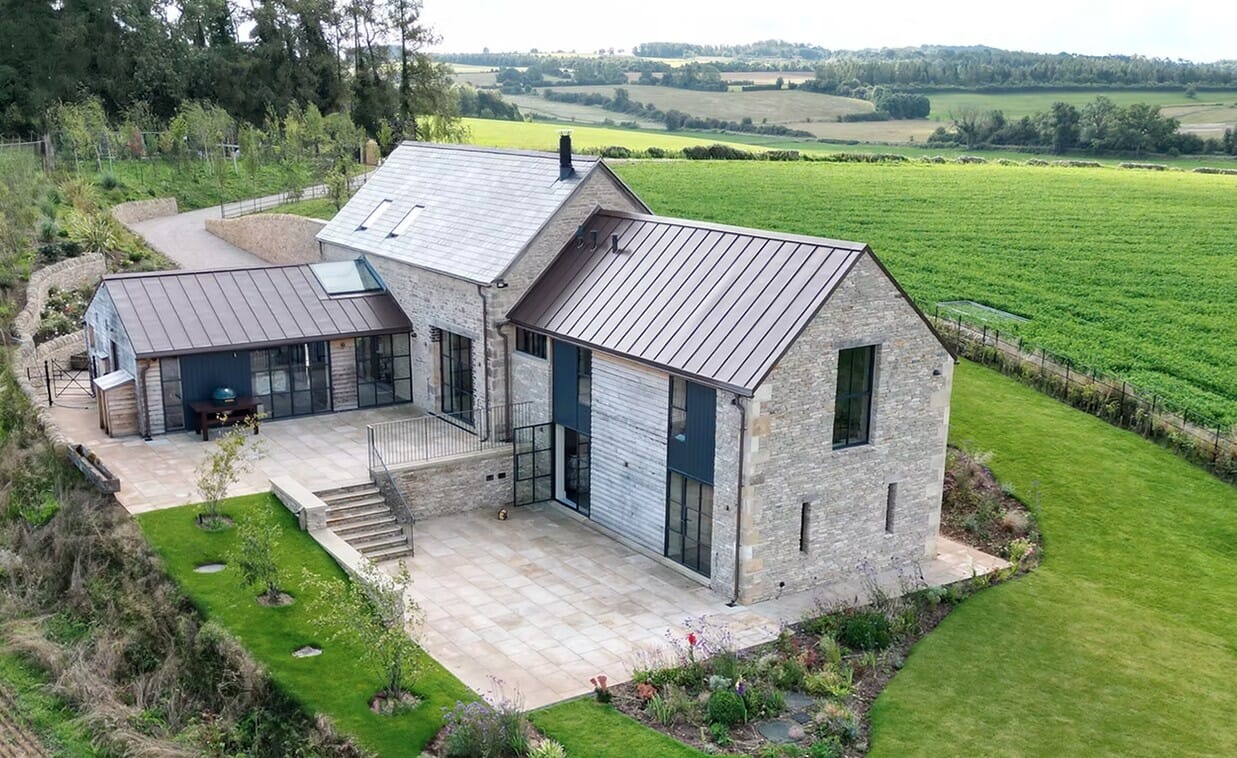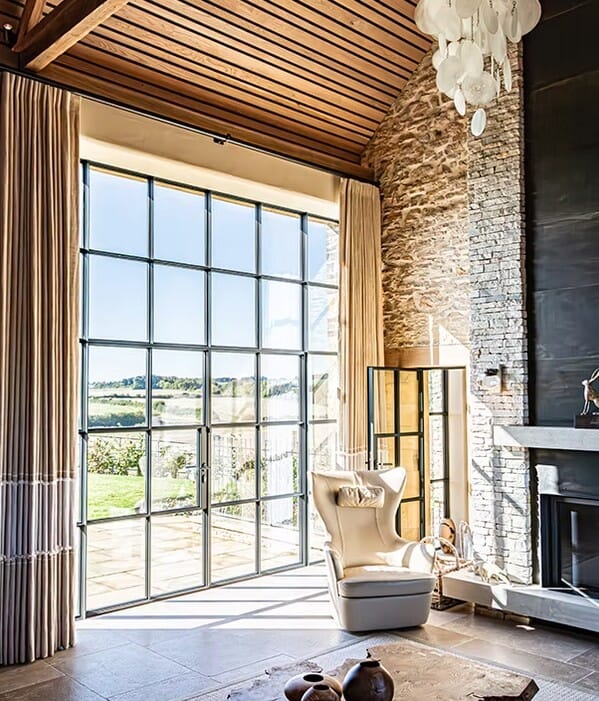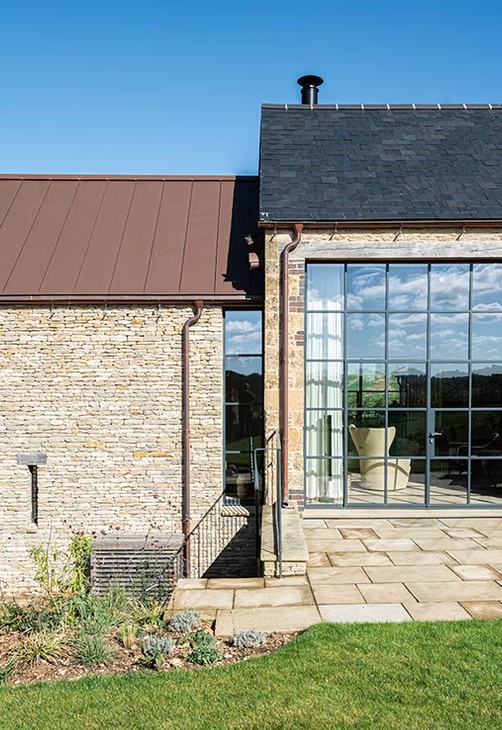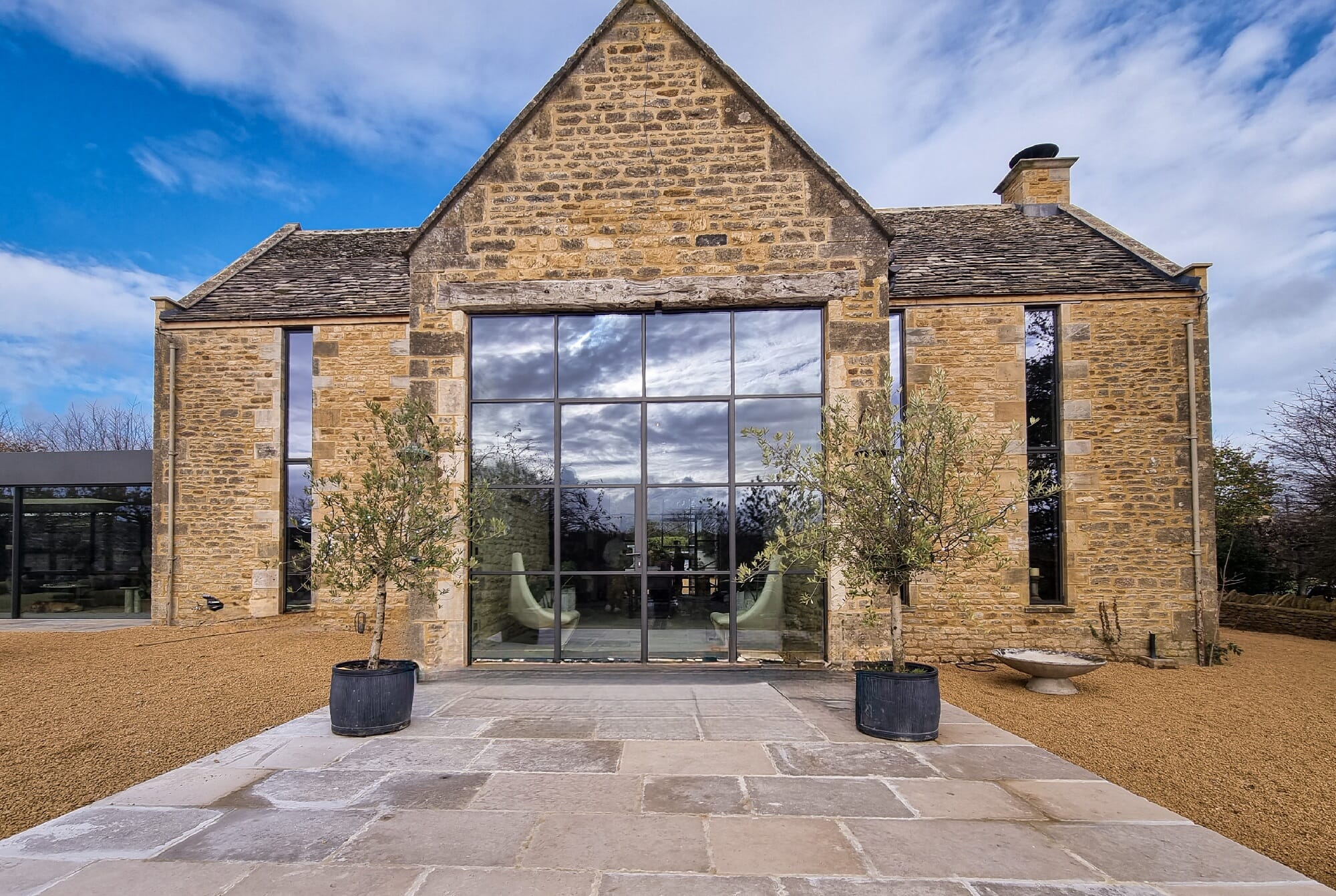
The Evolution of Heritage Steel Windows
How an architectural icon was created...

Steel windows began life as tools of industry. In the 19th century, they were valued for strength, fire resistance, and their ability to carry larger panes of glass than timber. They illuminated factories, schools and workshops, bringing light into spaces where productivity mattered more than aesthetics. They were pragmatic, tough, and unashamedly functional.
What has changed – profoundly – is how we see them. Today, steel windows are not the preserve of mills and warehouses, but the defining detail of both heritage restorations and luxury residences. Our relationship with them has shifted from necessity to desire; from industrial hardware to architectural statement.
From workhorse to style icon
The turning point came in the early 20th century. Companies such as Crittall helped popularise steel windows on a mass scale. After the First World War, shortages of timber made steel even more prominent. Housing, civic buildings and commercial projects all adopted the material – not for glamour, but for efficiency and resilience.
But something else happened. The slender frames, the strict geometry, the ordered grid of glazing bars began to resonate with modernist architecture. Architects saw beauty in restraint. Industrial-style windows slipped their utilitarian identity and became aesthetic markers of a new, functional age.
Heritage appeal in the present
That aesthetic still resonates. Heritage steel windows are now seen as design assets, especially in listed buildings or conservation projects that carry the character of their industrial past.
In a Grade II listed country house, they offer historical continuity; in a contemporary loft conversion, they inject authenticity and edge. The same form speaks to tradition and modernity, depending on context. Few building elements can claim such versatility.

Redefining performance
Of course, original steel windows were never designed for today’s expectations. By modern standards, they leaked heat, resisted weather poorly, and offered little acoustic or security performance.
The systems we specify today – notably those from MHB Steel – have rewritten the rulebook. These modern steel windows combine the exacting proportions of their heritage predecessors with advanced engineering:
- Sightlines pared down to the slimmest on the market
- High-performance glazing for insulation and acoustic control
- Durability and security tested against today’s regulations
- Surface finishes that maintain performance indoors and out
The result is a product that looks timeless yet behaves like a 21st-century building material.
Steel as a marker of luxury
In high-end residential design, steel glazing is no longer a nod to history – it is a marker of ambition. Steel glazing in luxury homes frames entire façades, structures interiors with transparent partitions, and transforms doorways into design statements.
These installations may demand significant investment – often six figures for a complete house – but they deliver performance, prestige and long-term value.
Beyond the Crittall steel windows legacy
Crittall established the look, but heritage alone is not enough. Many steel systems that trade on historic cachet struggle to meet modern insulation standards without bulkier frames. That is where MHB Steel distinguishes itself: maintaining the authentic steel profile while delivering compliance and performance.
For projects where detail matters – such as this period barn renovation set in an Area of Outstanding Natural Beauty in Gloucestershire – MHB offers both heritage and innovation, without compromise.
A changing relationship
The story of steel windows mirrors broader shifts in architecture. What began as industrial hardware has become part of our design language for light, proportion and precision. From contemporary lofts to country estates, from modernist villas to city apartments, steel continues to adapt and redefine itself.
At Cotswold Windows, we are proud to work at the centre of this evolution. With MHB, we bring the legacy of heritage steel windows into the future of architectural glazing – where history and modernity coexist, and where every frame is more than structure: it is a statement.

